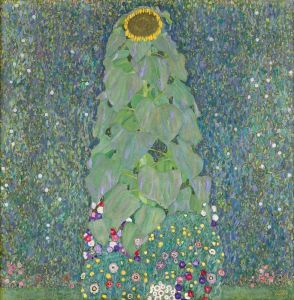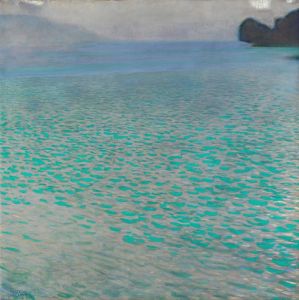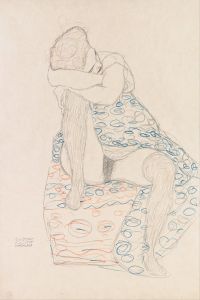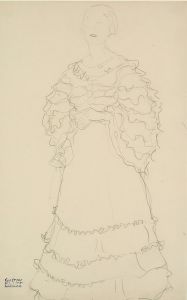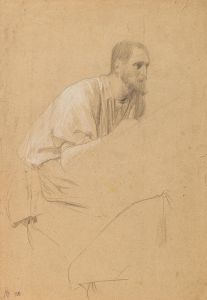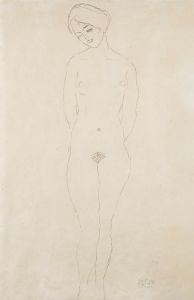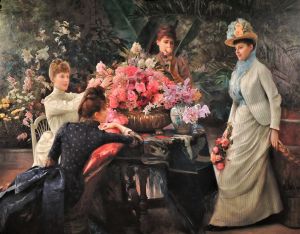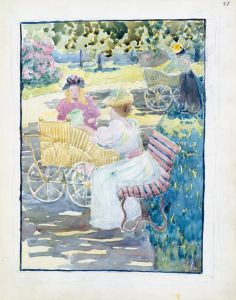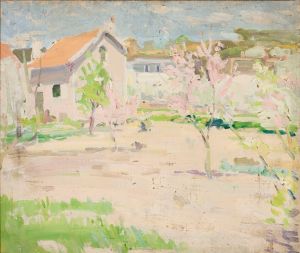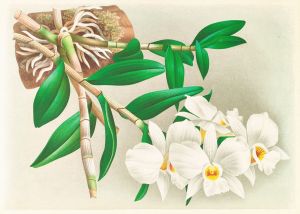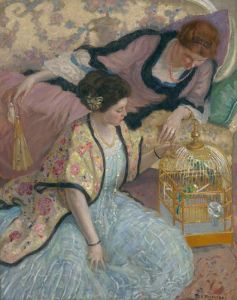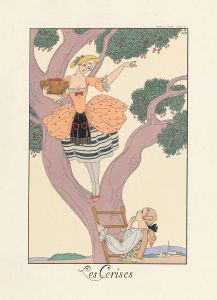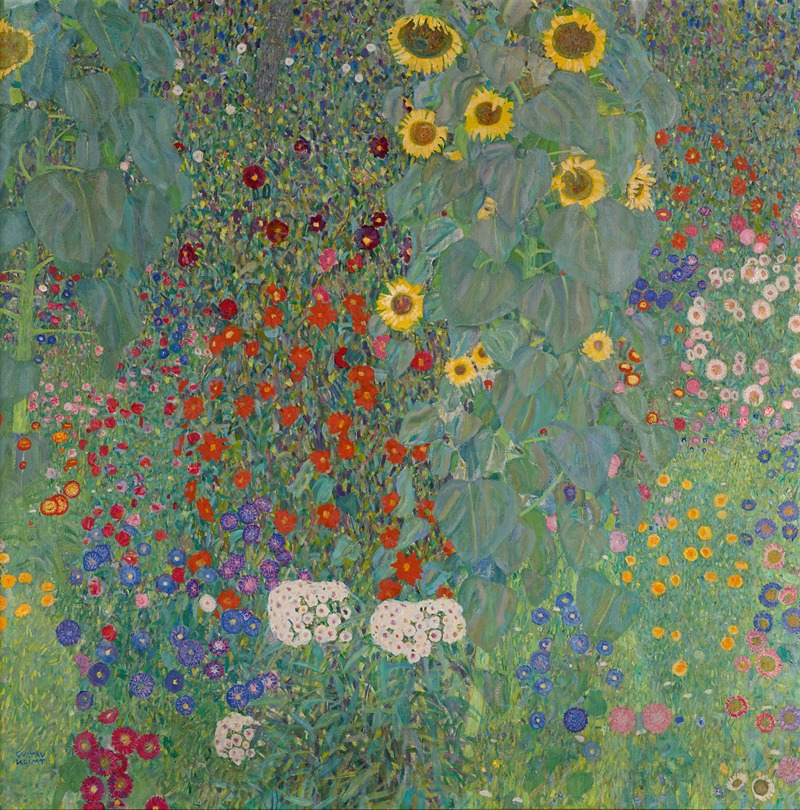
Bauerngarten mit Sonnenblumen
A hand-painted replica of Gustav Klimt’s masterpiece Bauerngarten mit Sonnenblumen, meticulously crafted by professional artists to capture the true essence of the original. Each piece is created with museum-quality canvas and rare mineral pigments, carefully painted by experienced artists with delicate brushstrokes and rich, layered colors to perfectly recreate the texture of the original artwork. Unlike machine-printed reproductions, this hand-painted version brings the painting to life, infused with the artist’s emotions and skill in every stroke. Whether for personal collection or home decoration, it instantly elevates the artistic atmosphere of any space.
"Bauerngarten mit Sonnenblumen" (translated as "Farm Garden with Sunflowers") is a painting by the Austrian Symbolist painter Gustav Klimt. Created in 1907, this work is an example of Klimt's exploration of landscapes, a genre he frequently turned to during the later stages of his career. The painting is executed in oil on canvas and measures 110 x 110 cm. It is currently housed in the Belvedere Museum in Vienna, Austria.
This artwork is part of Klimt's "Golden Phase," a period during which he produced some of his most celebrated works, characterized by the use of gold leaf and intricate decorative patterns. However, unlike his iconic portraits such as "The Kiss" or "Portrait of Adele Bloch-Bauer I," "Bauerngarten mit Sonnenblumen" does not incorporate gold but instead showcases Klimt's mastery of color, texture, and composition.
The painting depicts a vibrant, densely packed garden filled with a variety of flowers, including sunflowers, poppies, and daisies. The composition is almost abstract in its arrangement, with the flowers forming a tapestry-like surface that fills the entire canvas. Klimt's use of bold, saturated colors and his attention to detail create a sense of lushness and vitality. The sunflowers, which dominate the upper portion of the painting, serve as a focal point, drawing the viewer's eye upward.
Klimt's approach to landscapes was influenced by his visits to the Austrian countryside, particularly the Attersee region, where he spent his summers. During these retreats, he often painted en plein air, capturing the natural beauty of the surroundings. "Bauerngarten mit Sonnenblumen" reflects Klimt's interest in the decorative potential of nature, as well as his ability to blend realism with abstraction.
The painting is notable for its lack of human figures, a departure from Klimt's more famous works that often feature allegorical or sensual representations of the human form. Instead, "Bauerngarten mit Sonnenblumen" focuses entirely on the natural world, emphasizing the harmony and richness of the garden.
Today, "Bauerngarten mit Sonnenblumen" is regarded as one of Klimt's finest landscape paintings and a testament to his versatility as an artist. It continues to be celebrated for its vibrant colors, intricate details, and the unique way in which it captures the essence of a flourishing garden.





